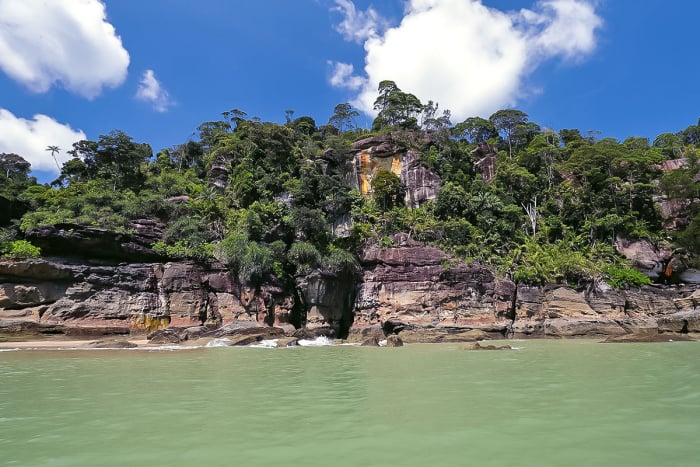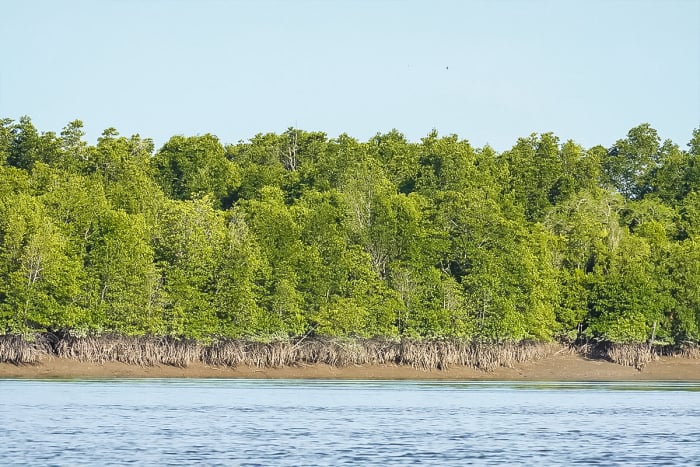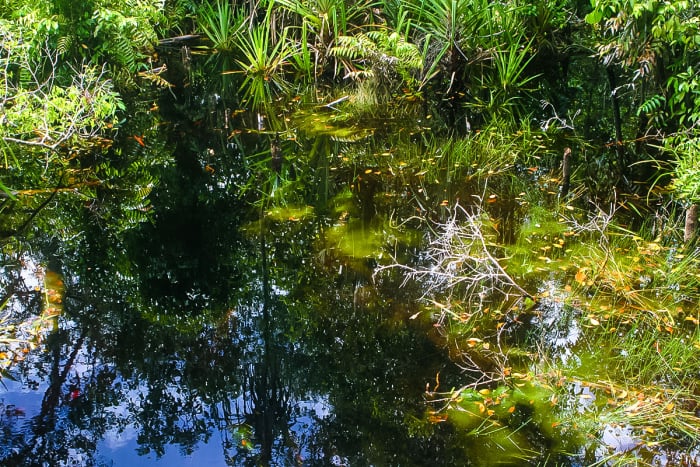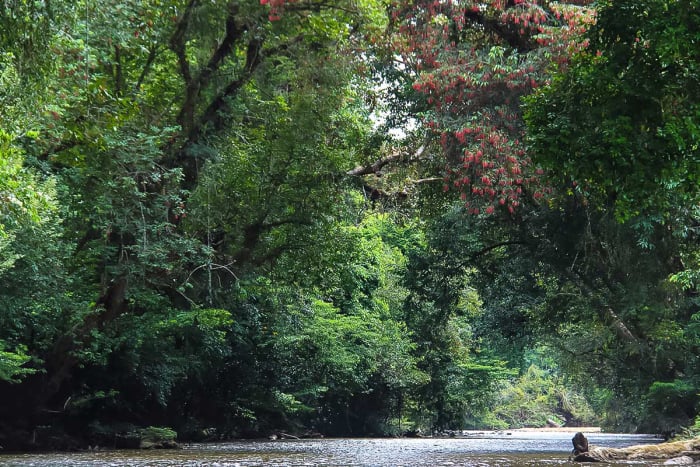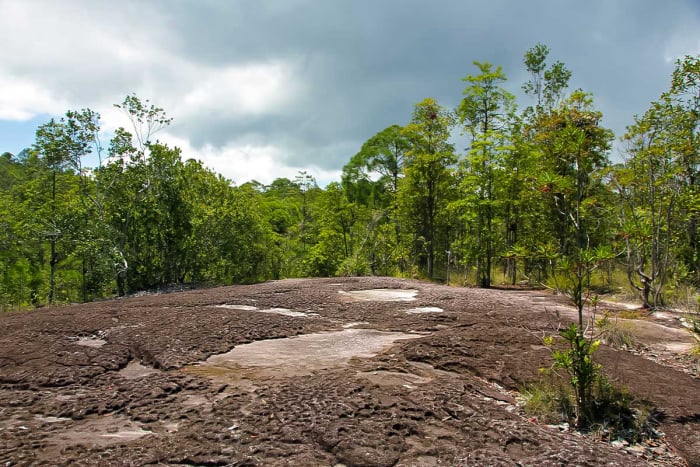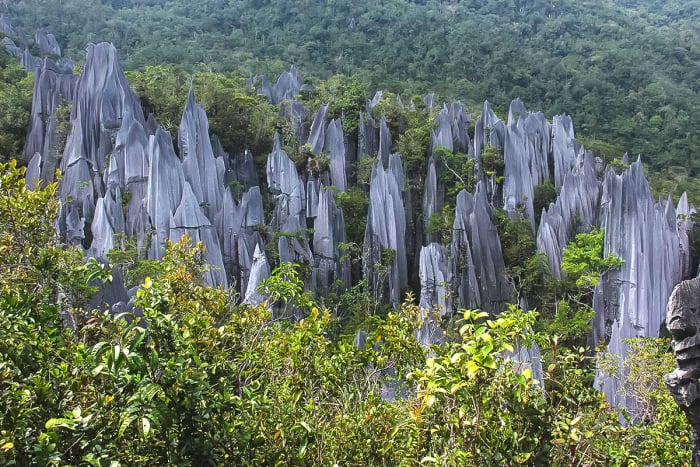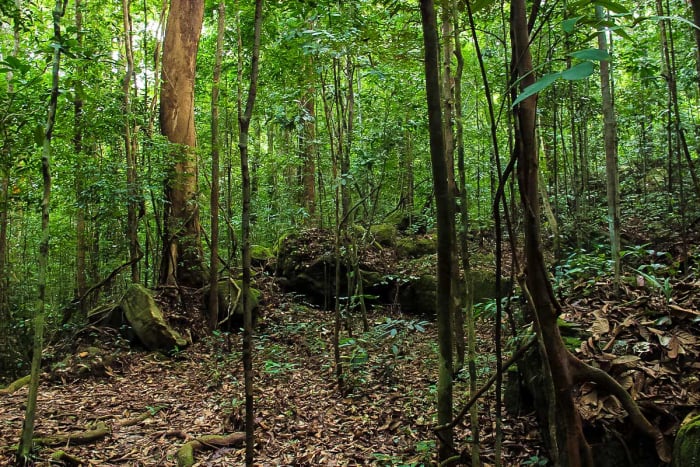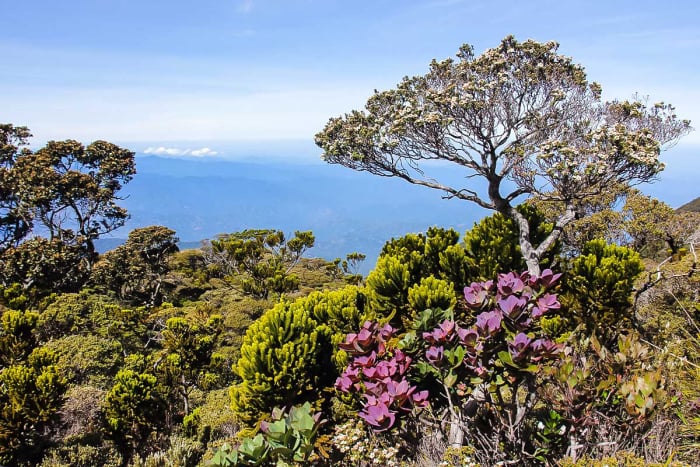In 1854, Alfred Russel Wallace began an eight-year exploration of the Malay Archipelago. That same year, he set foot on Borneo, where he stayed for 15 months, traveling deep into its interior. In addition to collecting animal and plant specimens, one of the purposes of his trip was to observe living orangutans in their natural environment and study their behaviors, as well as obtain specimens.
His time in the Malay Archipelago was very productive. Wallace collected 125,600 specimens. In addition, he formed two important ideas: the theory of natural selection (later known as the theory of evolution) and the ‘Wallace line’.
by User Tagishsimon on en.wikipedia - Originally from en.wikipedia; description page is (was) here02:17, 13 January 2005 Tagishsimon 298x472 (18,609 bytes), Public Domain, https://commons.wikimedia.org/w/index.php?curid=841348




